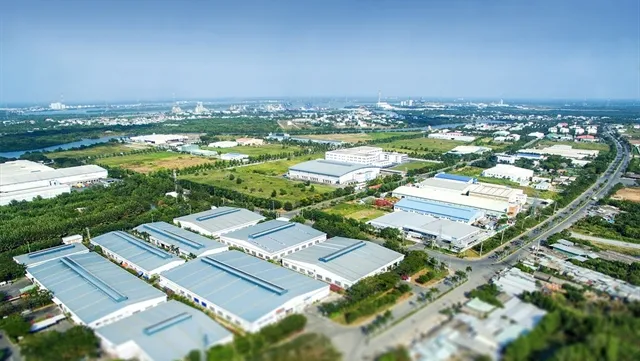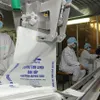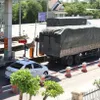Many foreign companies move factories to Việt Nam: Savills
by ,http://vietnamnews.vn/economy/535041/many-foreign-companies-move-factories-to-viet-nam-savills.html06 September 2019 Last updated at 10:52 AM

HCM CITY — Many companies are moving their factories from other countries to
Savills Vietnam made the statement at a conference on September 4 in HCM City to release its white paper on
They included many factories from China operating mainly in the fields of electronics, textiles, footwear and spare parts production, such as Hanwha,
“Although occupancy in key provinces grew year on year, available land coupled with an array of upcoming projects has seen foreign companies
“Manufacturers are showing interest in the
The industrial sector is growing strongly with a tenfold increase in foreign direct investment (FDI) over the last decade. Good land supply is facilitating incoming manufacturing projects and the rise of rental options with ready-built factories (RBF) and built-to-suit (BTS) solutions.
Low labour costs and government incentives, particularly preferential tax rates, will continue to be critical drivers of FDI. However, to maintain the transition to higher-value industries,
By enabling the latest production technologies and increasing workforce training, the government is actively easing qualms around viability, labour shortages and rising costs for a more transparent business environment.
According to Savills Vietnam, the US-China trade war, additional investment and new free trade agreements have all had a positive effect on
The Comprehensive and Progressive Agreement for Trans-Pacific Partnership (CPTPP) entered
Regional Comprehensive and Economic Partnership (RCEP) negotiations are underway and expected to
In the first quarter of this year,





